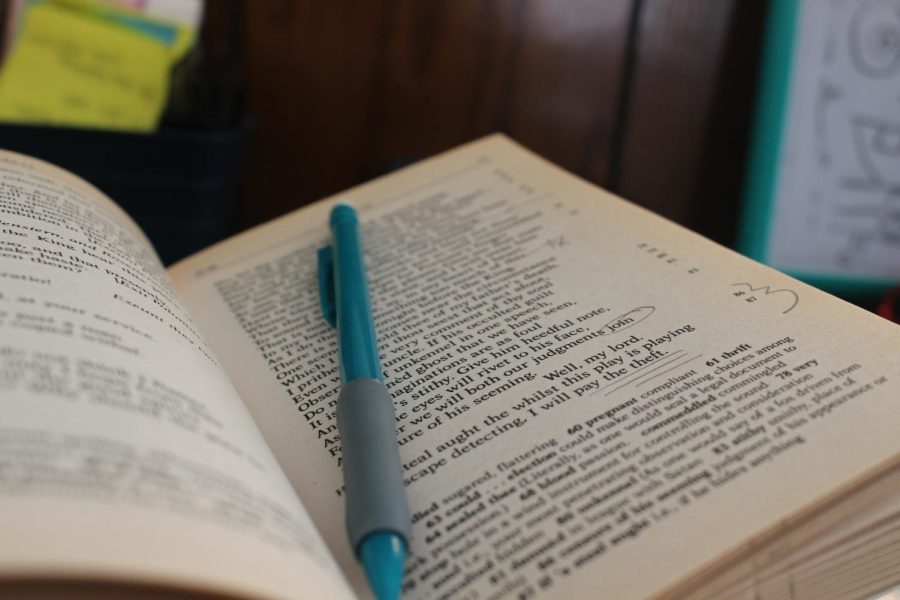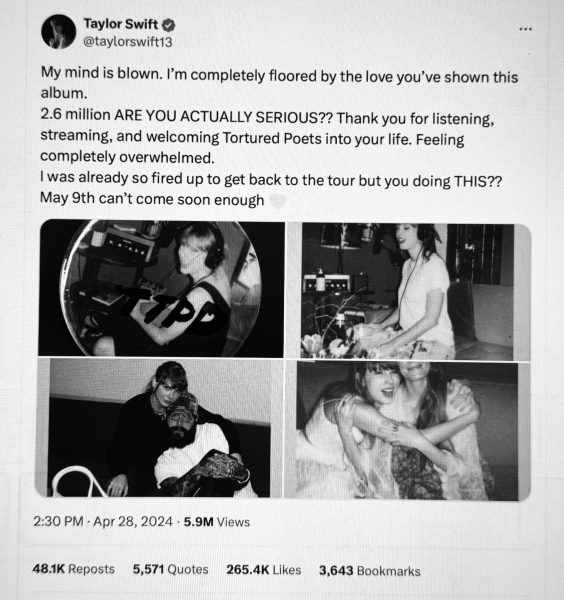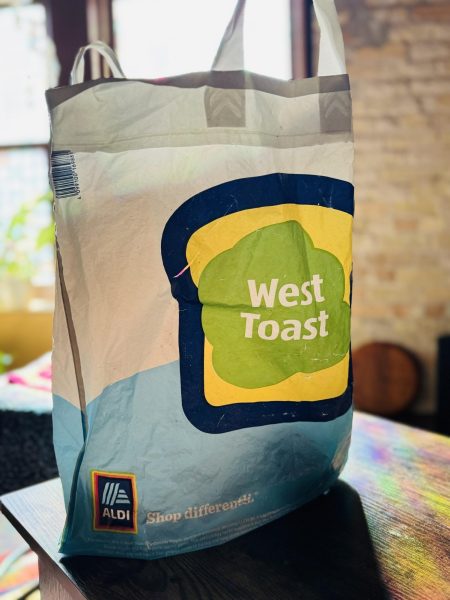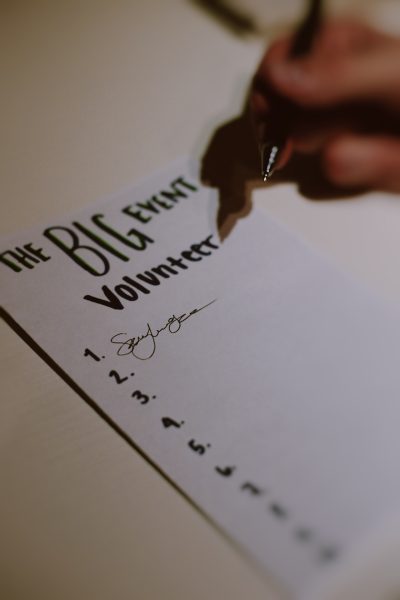Annotating Is Fun and You Should Do It More
February 22, 2023
I remember sitting crisscross apple sauce on the library’s reading rug in Elementary school and being told very sternly that we were never allowed to write or color in books no matter the circumstances. This stuck with me for a very long time. For almost all my childhood, I simply could not imagine writing in a book. I held this as a core belief until my high school sophomore English class. That year, with my English teacher who looked like she would smack your hands with a ruler if you misbehaved, we read two novels. Unlike previous years, we were required to buy the books for the sole purpose of being able to annotate them. At first, I would simply bracket important lines, unable to bring myself to highlighting or underlining in the books, but eventually I came to realize how much I enjoyed annotating my books. I learned a lot from that English teacher, but most importantly, I learned how beneficial annotating can be.
Annotating can be amazing for a variety of reasons. First, annotating helps comprehension and understanding, especially when working with denser material whether it is fiction or nonfiction. Annotating books is one of the best ways to help you remember and understand what you read. It will slow you down, but taking the time to find the important information and mark it in the text helps in the long run. When annotating for utilitarian purposes, you do not need to do anything fancy. Simple underlines and small notes in the margins can help you remember initial thoughts and questions when you go back to review the material. I also recommend small, plastic sticky tabs to help mark important or difficult spots.
Two of my favorite methods of annotating schoolbooks are as follows: after reading a chapter, I like to go back and write a quick summary of the events of the chapter. This is not meant to be a perfect synopsis but rather little reminders for you. Most of the time, my summaries are just a list of bullet points. Most books have enough room at the top of the chapter to allow you space to record on the pages, but some books (in my experience a lot of academic books) have very small chapter margins. If this is the case, just write your bullets on a sticky note and place it on the first page of the chapter. My second recommendation is to take class notes in the book you are discussing. Having separate notebooks for each class can be a great way to take notes if your class requires a lot of notetaking, but if you are in the humanities like me, often you are more concerned with themes, connections, and your own ideas. I find it most beneficial to take those notes in the book I am reading, so I never accidentally misplace them.
I do not just annotate schoolbooks; I also annotate the books I read for fun. I read a lot, and it is easy to get stuck in a cycle of mindless page flipping. Annotating keeps my reading intentional and adds an aspect of personalization. I love finding and buying new aesthetic highlighters or sticky tabs. There is a lot of unique stationaries out there, and annotating my books allows me to try new things and find my favorite highlighters and pens.
Reading is an isolated hobby. Most people do it alone, but I view my annotations as being in dialogue with what I am reading. Even if that dialogue is simply, “WTF?” It brings an element of interaction into a typically singular act. Most books have blank pages either at the beginning of the book or the end, and I like to use these blank pages to write down my own thoughts and feelings about what I am reading. Whether it is working through themes and symbolism or even relaying what is happening in the story to my personal life, I find these “scratch” pieces of paper being filled with my own words more often than not.
If I am finding a book particularly engaging, I might even paper clip other works into the pages where I find connections. When I was reading “The Goldfinch” by Donna Tartt, I often found myself looking up and printing out copies of the many famous paintings she referenced. Tartt is one of my favorite authors and her books are known for being very complex and layered. Every detail is important and to keep track of all those details I found myself doing a lot more creative annotation. Along with adding visual references to what an author is writing about, you could also add personal pictures that remind you of the book’s setting or little stickers and pieces of tape to decorate cover pages. I often find myself adding poems or song lyrics that seem particularly relevant to what I am reading. Eventually all these little add-ins can give the book a scrapbook-esque feel, and it just adds to the personalization of your book.
The thing about annotating is you get out what you put into it. I know that sounds like a cheesy tag line from a professor, but it is the truth. It can be as complicated or simple as you want. If making an in-depth colored coded system complete with highlighters, pens, and sticky tabs is what you need, go for it. If simply underlining in a black pen works for you, that is awesome. Annotating allows you to recognize and fully form ideas as they are happening. Your annotations do not need to be brilliant. All they really need to be is yours.
If I could go back in time and tell the little elementary aged me that one day, I would be writing in all my books, I think it would cause me to spontaneously combust. Everyone has a right to treat their books however they want, but I will always be the one encouraging everyone to spend the time annotating their books. Whether it is for school or for leisure, annotating allows you to actively engage with the text and get the most out of it. So, this is your sign to go get some cute highlighters, a nice pen, and start writing in all the books you read.
Aubrey Roemmich is a Dakota Student Section Editor. She can be reached at [email protected].












